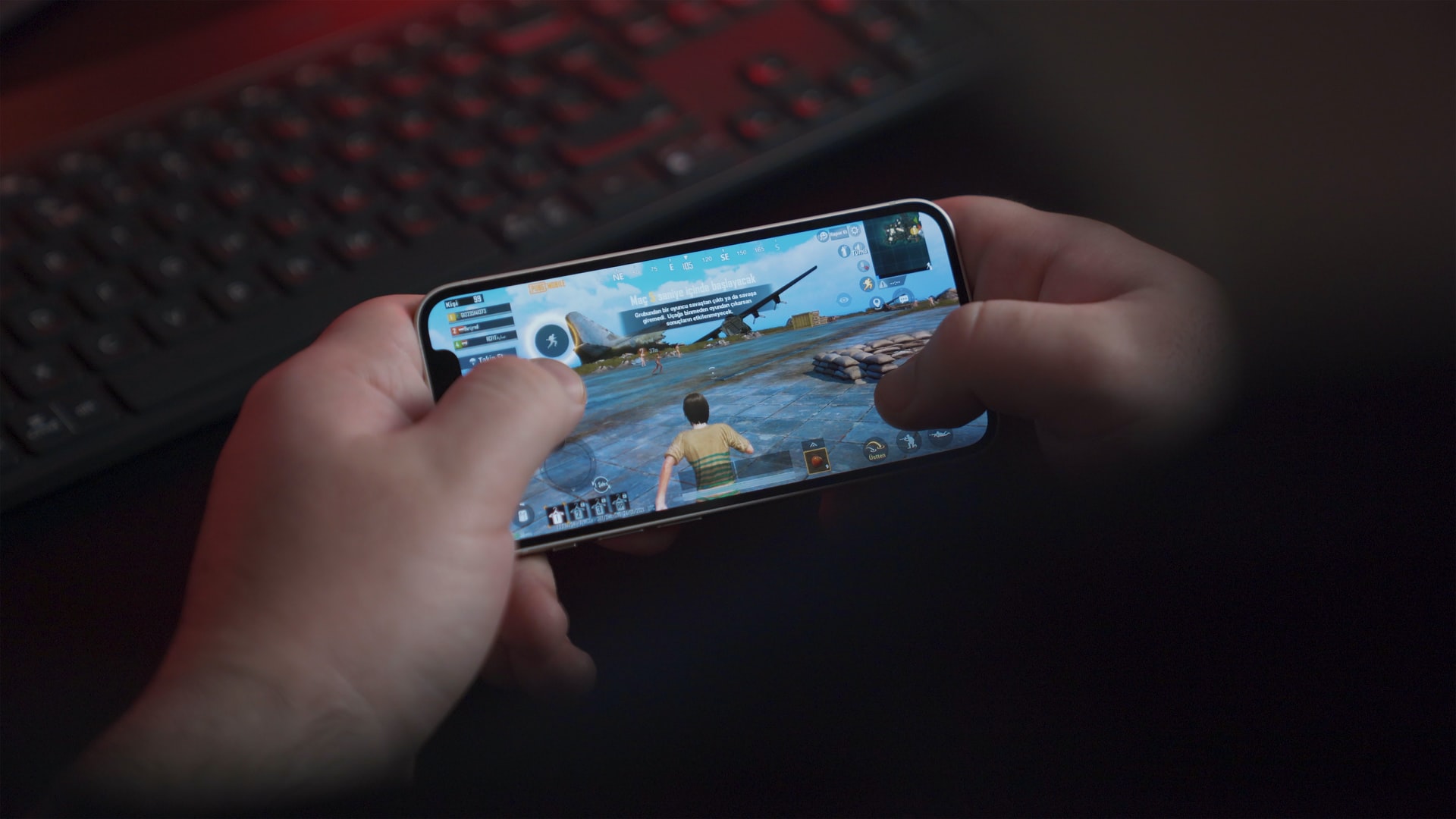Video games are no longer just about buying a disc and playing for hours. Today, the real money is made after the game is already in your hands. Through things like microtransactions and subscriptions, gaming companies earn billions every year. These changes have sparked debate among gamers, lawmakers, and critics. But despite the backlash, this system is growing fast. If you’ve ever bought a skin, season pass, or virtual currency, you’ve taken part in this shift. Here’s a look at how this model works, why it’s not going away, and what it means for the future of gaming.
Microtransactions Are Now the Main Business
Companies like Electronic Arts and Take-Two Interactive earn around 75% of their money through microtransactions. This means that most of their profits don’t come from selling games but from selling items and services inside those games. Whether it’s skins in Fortnite, battle passes in Call of Duty, or memberships in GTA Online, you’re encouraged to spend more after buying the game. This model has taken over the industry and is now a standard for top titles. Even though some gamers find it unfair, especially after already paying for the game, it continues to grow. Many publishers are focused on finding ways to make money during the entire life of a game, not just at release.
Why Gamers Still Spend Despite Complaints
Even though many people don’t like microtransactions, the truth is that they work. Buying a battle pass, unlocking special content, or getting access to extra features keeps you coming back. These add-ons are small but frequent, and they make billions. The backlash hasn’t stopped the growth because games are more connected now. People want new content often, and live services provide that. Some gamers say it feels like being charged again and again, but they still pay. It’s not just about extra costumes or characters—it’s also about staying competitive, especially in online games. The structure of many games pushes you to spend if you want to keep up.
Live Service Games Need Constant Updates
Live service games like Fortnite and Apex Legends keep adding new content every few weeks. This means developers work on updates even after the game is released. It costs money and time to keep games fresh. That’s where microtransactions help. They pay for the teams that update the game regularly. Games are now living projects that continue for years instead of one-time products. This model is why some games like Grand Theft Auto V are still popular more than a decade after release. The goal is to keep you engaged long-term, and that means spending becomes part of the design.
The Rise and Fall of Loot Boxes
Loot boxes used to be one of the biggest ways for companies to make money. You paid to open a box, hoping to get a rare item. But people complained that it felt like gambling—especially when you had only a 1-2% chance of getting what you wanted. Some countries banned them. Belgium and others passed strict rules, and now companies have to tell you the odds of winning. This made many companies move away from loot boxes and toward battle passes. Battle passes are more predictable—you know what you’ll get if you play enough. They’re still based on money, but they feel less random.
Games Are Expensive to Make and Maintain
Creating a modern video game isn’t cheap. Some major titles cost over $1 billion to make and promote. With high development costs, companies rely on extra spending from gamers to recover that money. Keeping a game running with live updates, bug fixes, and new features means hiring large teams. Some games that promised live service features had to cut back because they couldn’t afford it. Not every company can do what Fortnite or EA Sports can do. But those who can, continue to invest because it pays off. For example, EA’s live services earned $1.71 billion in just one quarter.
Subscription Models and Digital Sales Are Rising
More games now offer monthly subscriptions. For a fixed price, you get bonuses, virtual currency, or early access. It’s a way for companies to earn steady money instead of relying only on big release days. And with most games being downloaded instead of bought in stores, companies now have more control over how and when you spend. This shift began around 2012 and keeps growing. Once you’re connected to the internet, they can sell to you directly—no store needed. Subscriptions and digital shops make everything easier for companies and more tempting for you.
Mobile Games Made This Model Mainstream
Mobile gaming played a big role in changing how games make money. Most mobile games are free to download but full of in-game purchases. The more smartphones grew, the more people started playing these games. Now, 80% of the world has a smartphone. That means billions of people have access to games at all times. And this group spends big on microtransactions. Game companies saw how much mobile games earned and started using the same ideas in console and PC games. It worked—now, games on every platform include in-game shops, battle passes, and premium currencies.
Public Response and Government Attention
People have spoken out about microtransactions for years. Gamers complain, and lawmakers have started to pay attention. In the UK, Parliament looked into how game companies treat children and adults. They recommended rules like blocking loot boxes for kids and showing clear spending options. Some companies responded by showing odds for winning items and adding spending controls. The goal is to stop harmful habits. But many say it’s not enough. Critics argue that game companies focus too much on money and not enough on making games fair. Still, these systems are legal in most places and keep making huge profits.
Some Games Say No to In-Game Purchases
Not all games use microtransactions. Some single-player games, like Baldur’s Gate 3 or the Spider-Man series, focus only on gameplay. They may offer extra content later, but they don’t rely on constant spending. These games often win awards and get strong support from fans. But they’re also rare. Most companies want ongoing revenue, and that means they prefer multiplayer games or live services. It’s harder to sell a game once and never make money from it again. Still, the success of some traditional games shows there’s still interest in simpler models.
Cloud Gaming Could Be the Next Big Shift
In the future, you might not buy a game or even download it. With cloud gaming, you just stream the game over the internet. No console, no gaming PC—just a screen and a connection. This could lower the cost of entry and reach more people. It could also change how you pay. Instead of buying a full game, you might subscribe and play anything in the service. Game companies are slowly preparing for this shift. It’s not ready for everyone yet, but it’s coming. And when it does, it will likely bring even more changes to how games are made, sold, and played.



